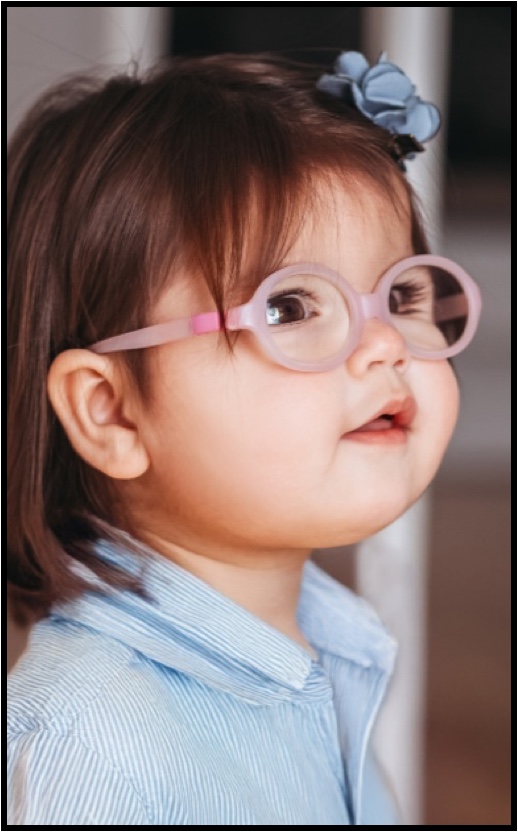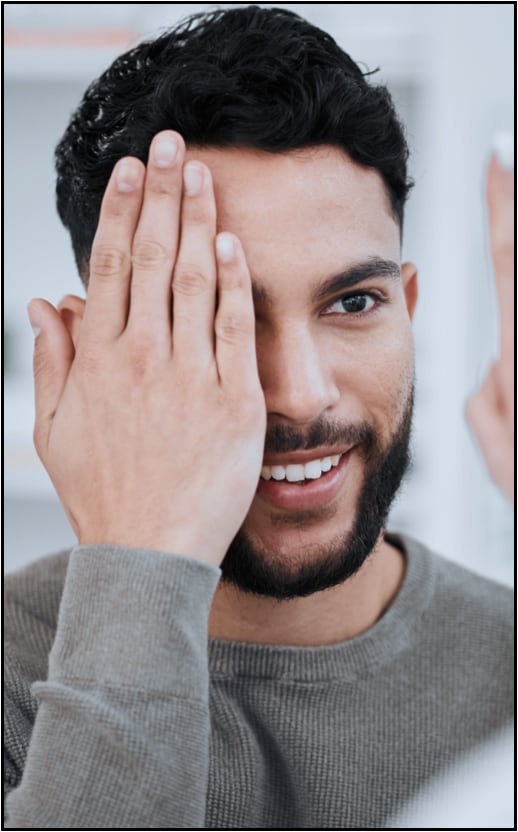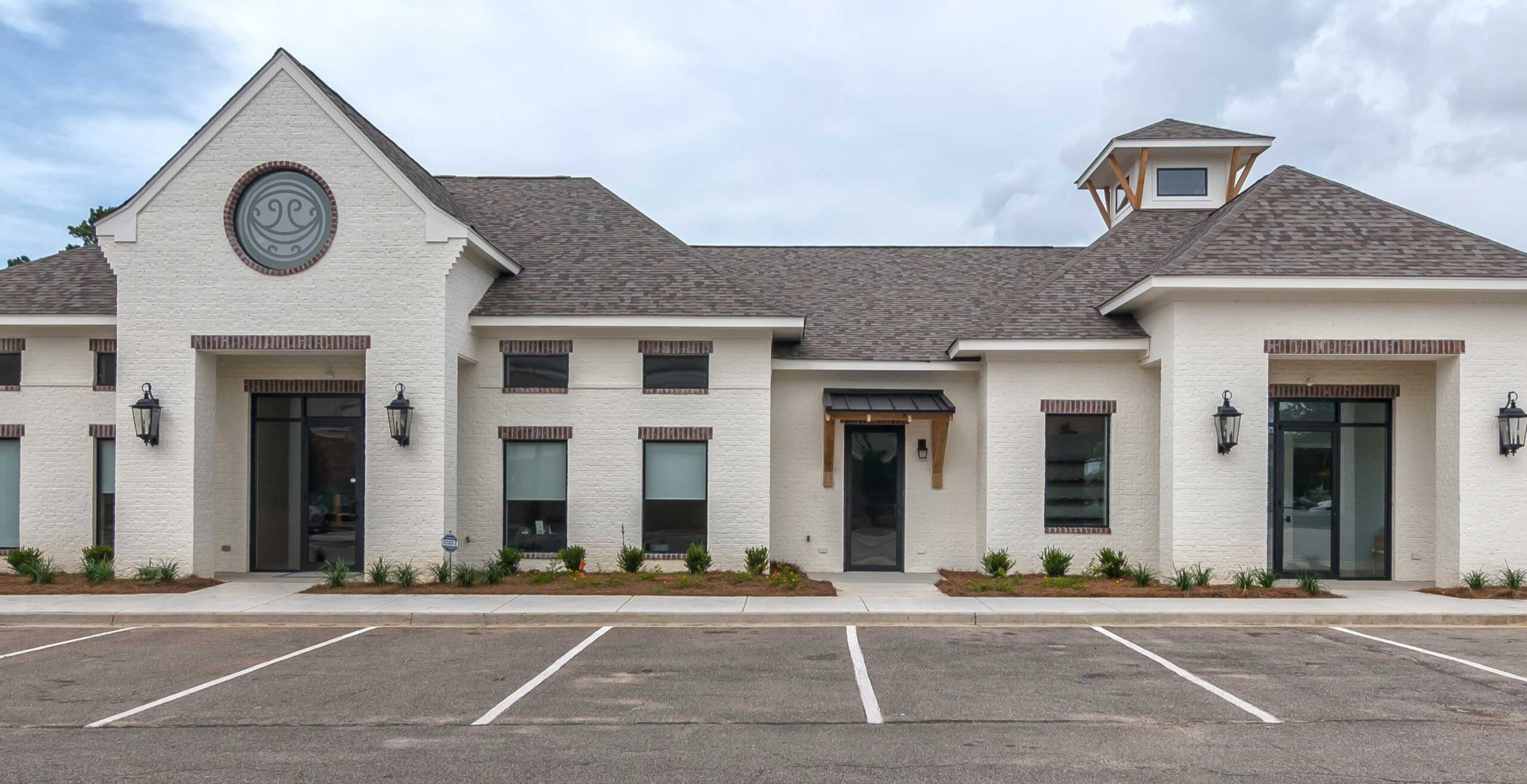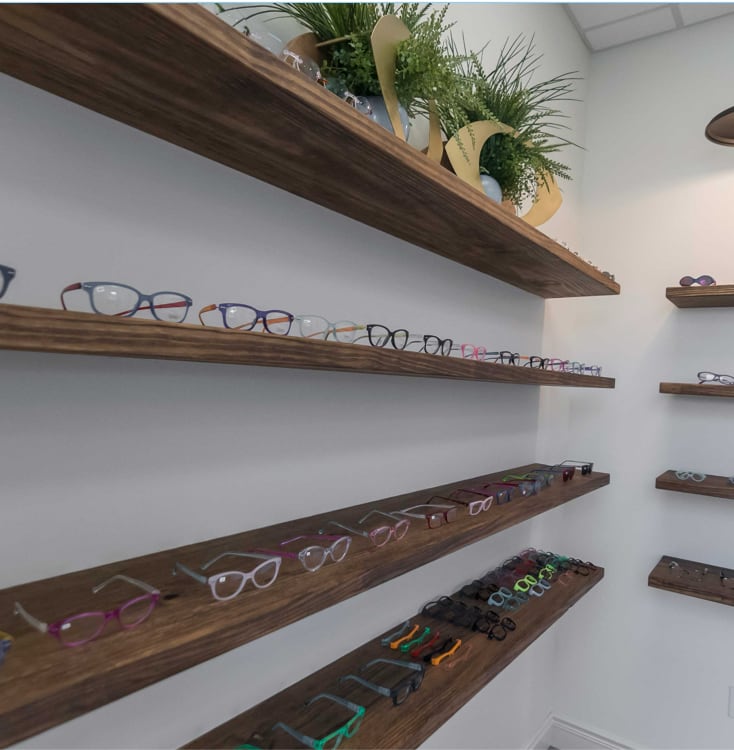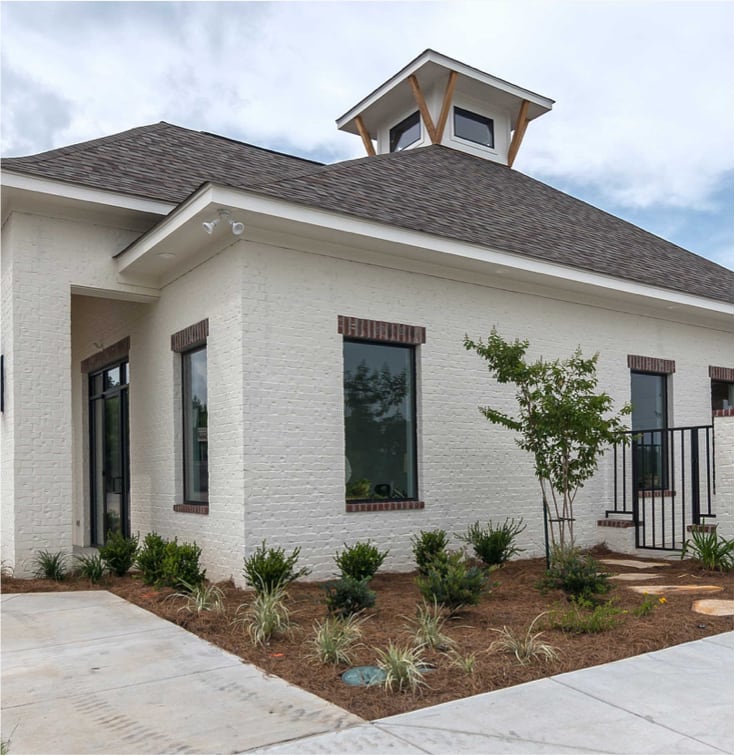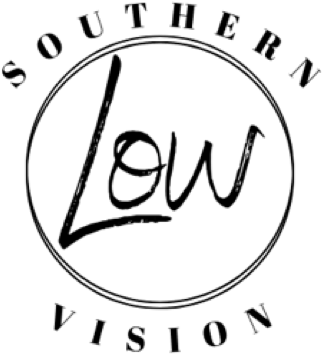Are you out in public? Take a moment and look around you. Chances are that some of the people you see have trouble with the following:
- Reading
- Recognizing faces
- Watching television
- Driving
This is because they have low vision, a condition that affects over three million people in the United States, most of them over the age of forty. If you’ve never heard of it, I don’t blame you- a lot of people associate LOW VISION with complete blindness, and they’re not the same at all.
So what is low vision, what causes it, and what does treatment look like? Since February is Low Vision Awareness Month, we’re going to shed some light on this common but little-understood vision disorder.
Low Vision- What It Is- and What It Isn’t!
Low vision refers to vision loss that can’t be corrected with prescription glasses and contact lenses or surgery. It’s NOT the same as complete blindness, as you retain some degree of sight and can even improve it with certain visual aids. Most times you’ll have trouble with:
- Poor night vision
- Blurred and/or hazy vision
- Blind spots (loss of central or peripheral vision)
- Problems with glare
- Viewing your computer or television screen clearly
According to the American Optometric Association, low vision can be divided into two categories:
- Partially Sighted: Using conventional prescription lenses, your visual acuity ranges from 20/70 to 20/200.
- Legally Blind: Your visual acuity is less than 20/200 with conventional correction, and/or your field of vision is smaller than 20 degrees wide.
While most of us associate this degree of vision loss with old age, low vision often affects those as young as forty. However many people are also born with conditions that result in low vision.
What Causes Low Vision?
Low vision is most often caused by macular degeneration, an age-related disease that affects the central part of your visual field. Other common causes include:
- Cataracts: a cloudy area in the lens of your eye.
- Diabetic Retinopathy: a diabetic complication that results when high blood sugar causes retinal damage.
- Glaucoma: a condition that causes vision loss by damaging your optic nerve.
- Nystagmus: an involuntary, fast and repetitive movement of the eyes.
- Stroke: If your right occipital lobe is injured by a stroke, the left field of vision in each eye may be affected.
Low vision can also result from albinism, brain injury, cancer of the eye, or inherited disorders like retinitis pigmentosa. Having these conditions or being at risk for them increases your risk of eventually developing low vision.
Can Low Vision Be Treated?
If you have a condition like diabetic retinopathy, it may be possible to maintain or restore your vision by treating the underlying condition (diabetes). If this isn’t possible in your case, low vision is permanent, but there are different types of eyewear that can help you maximize your remaining vision. There are special glasses that have miniature telescopes and microscopes In them that can help patients that are considered legally blind to see again. These are prescribed by a trained low vision optometrist.
They include:
- Bioptic telescopic eyewear
- E-scoop glasses
- Full-diameter telescopes
- Bioptic telescopic glasses
- Tele-microscope glasses
- Prismatic reading glasses
- Side-vision awareness glasses
- Absorptive lenses
You can also use:
- Magnifiers (handheld, digital, video) clocks
- Computer software
- Phones and watches with enlarged numbers
- Large print publications and;
- Other non-optical devices specifically designed for low vision
What Should You Do if You Think You Have Low Vision?
Definitely see your eyecare physician right away. If you believe you have symptoms, they will test your visual acuity, visual field, and depth perception by using a combination of special charts, magnifiers, and lighting to determine whether you’ve developed low vision.
Optometrists are doctors with an extensive background in vision care and know how to prescribe the best treatment for visual disorders, from astigmatism and myopia to low vision. Since eye care is their specialty, they know how to manage the most challenging cases and recommend eye wear that helps you make the most of your current vision.
Questions About Low Vision?
While low vision is nearly always permanent, you don’t always have to stop doing the things you love the most. The right vision aids can help you maintain your daily activities and even learn new ways to do them.
At Belle Vue Speciality Eye Care, we will carry out a low vision assessment designed to measure your remaining vision and work with you to identify the best treatment options for your unique case. If you believe that you or someone you love may have low vision, reach out to is today at (601) 475-2020.

